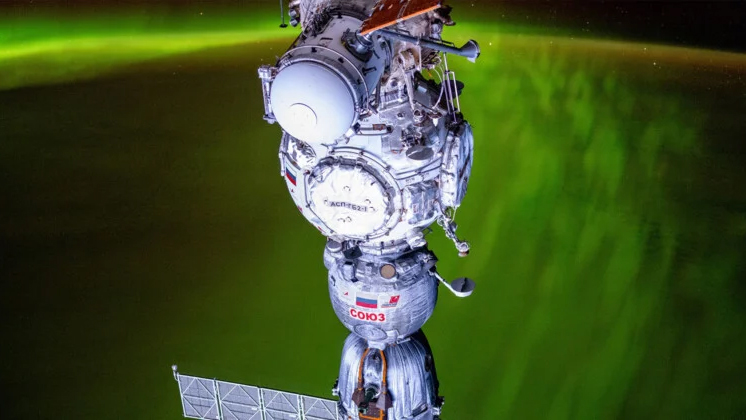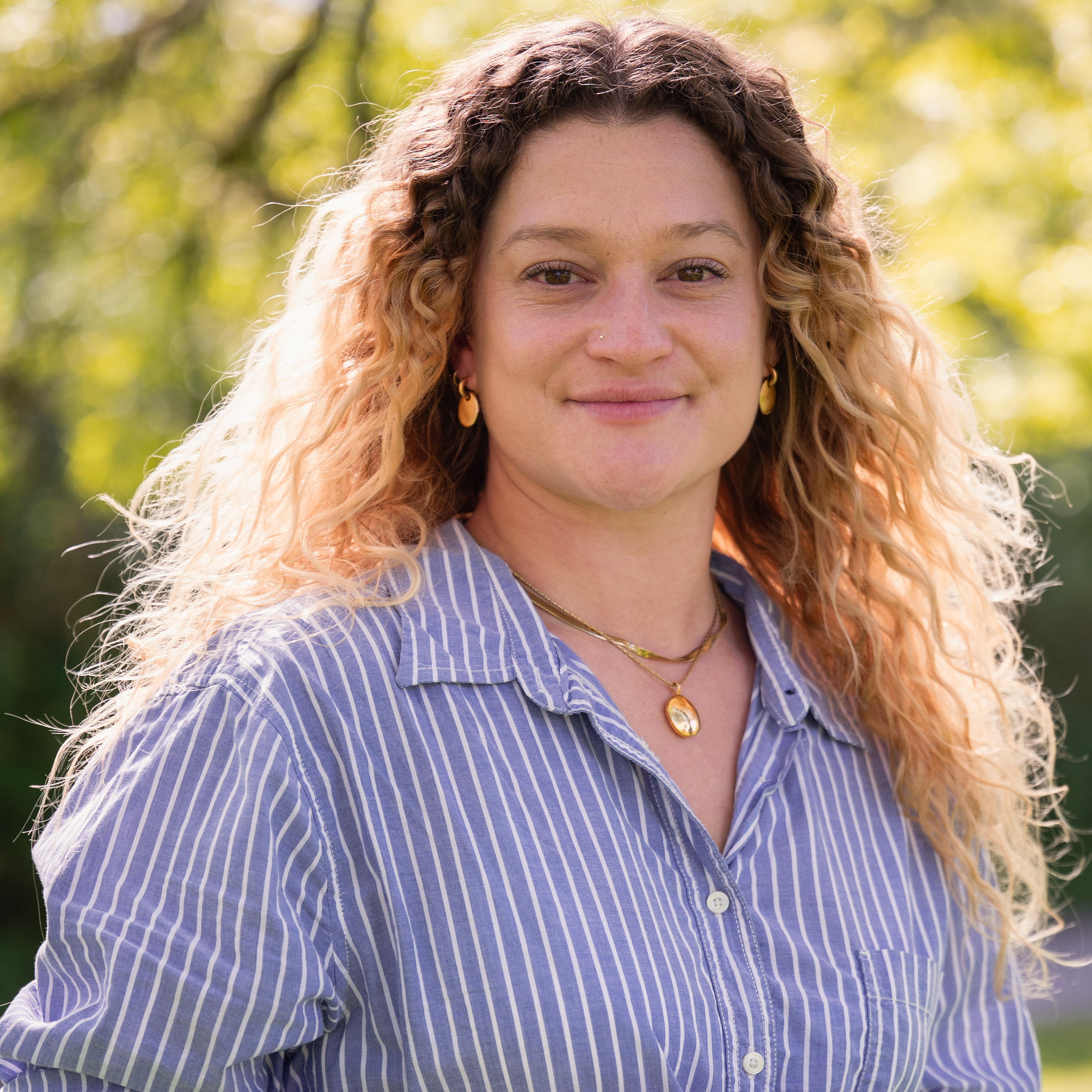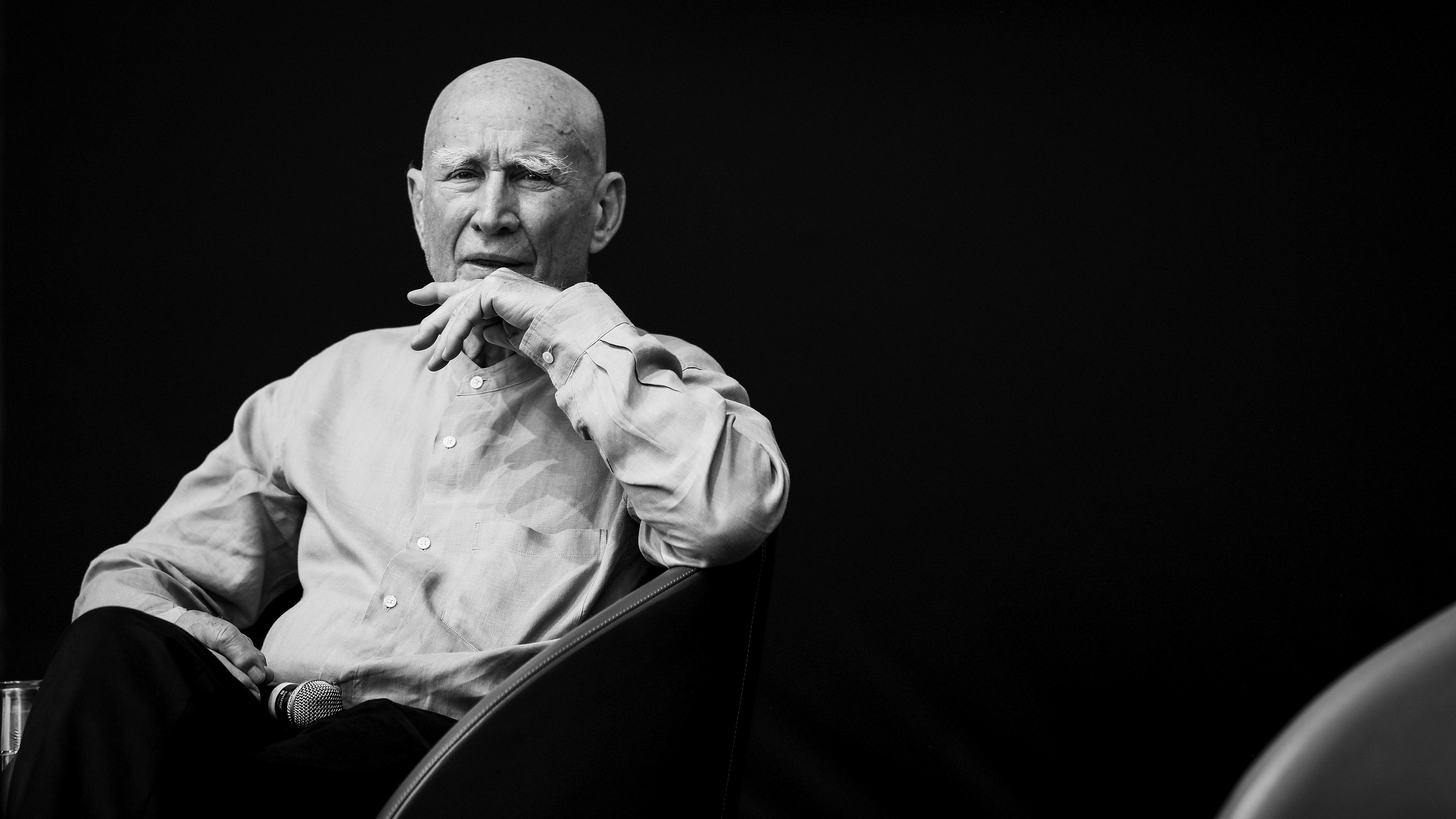Astronaut uses Nikon Z9 to capture epic aurora photos from International Space Station
NASA astronaut Matthew Dominick shares some truly amazing aurora photographs from the ISS, shot with a Nikon Z9

NASA astronaut Matthew Dominick set out for the International Space Station (ISS) in March of this year, as the commander of the SpaceX Crew-8 Mission, and has since become increasingly popular on X (formerly Twitter) for his stunning photographs from space.
His beautiful images have been taken from both inside and outside the ISS, and now his photographs have gone viral again as he managed to capture the ethereally green aurora borealis, or Northern Lights, from space.
Dominick snapped the shot of the Russian Soyuz spacecraft currently docked at the ISS, with the green aurora in the background.
Recent solar activity pushed the aurora closer to us. The Soyuz hangs from the station in a stream of aurora. Soyuz is illuminated in a light blue from a sun behind the camera and in front of the space station that is just about to rise. 1/4s, f1.4, 50mm, ISO 6400 pic.twitter.com/fjQcI5nVy5August 2, 2024
In a post dated August 02, Dominick wrote: "Recent solar activity pushed the aurora closer to us. The Soyuz hangs from the station in a stream of aurora.
"Soyuz is illuminated in a light blue from a sun behind the camera and in front of the space station that is just about to rise."
The astronaut, who will spend approximately six months aboard the space station, revealed that his camera settings to capture the aurora were 1/4 sec, f/1.4 ISO6400 using the Nikon Z9 with a DSLR 50mm lens.
During a previous astrophotography masterclass live from space, Dominick said that he has also used a Nikon D5 while aboard the space station.
The best camera deals, reviews, product advice, and unmissable photography news, direct to your inbox!
We received a cargo shipment this week with lots of cool stuff to include some new camera lenses . . . spent a good part of the weekend with a 15mm, T1.8 lens. Made a whole bunch of timelapses. Still looking though 1000s of frames, lots of which have aurora but the milky way in… pic.twitter.com/IyCZgE7yF9August 11, 2024
In another post, dated August 11, Dominick explained that he had recently received some space post, which included some new camera lenses, and "spent a good part of the weekend with a 15mm, T1.8 lens." (How much was the shipping?)
"Made a whole bunch of timelapses," he wrote. "Still looking [through] 1000s of frames, lots of which have aurora but the milky way in this one stood out."
His image of the milky way was taken using the lens and settings of 0.8 sec, T1.8, ISO25600.
The moon makes it way towards the horizon to set amongst red and green aurora . . . I was setup in a different window and saw this through another window. I made a quick camera, camera mount, and shroud teardown and setup. Felt so lucky to grab this shot.15mm, T1.8, 1s, ISO… pic.twitter.com/Z3TYlFhgNoAugust 11, 2024
Dominick also managed to capture a clear image of the curve of the moon against the aurora:
"The moon makes it way towards the horizon to set amongst red and green aurora . . . I was setup in a different window and saw this through another window. I made a quick camera, camera mount, and shroud teardown and setup. Felt so lucky to grab this shot.
You can check out his behind-the-scenes of his auroroa shots in the video embedded below (hat tip to Nikon Rumors for the spot). If you missed the astrophotography masterclass in July you can listen again on X.
A quick behind the scenes look at how we setup portraits of ourselves peering out of a Dragon window into the stars from Starliner's cockpit window. pic.twitter.com/3Kek11PTFvJuly 23, 2024
Take a look at our guide to the best cameras for astrophotography, the best lenses for astrophotography and the best star tracker mounts for astrophotography.

After graduating from Cardiff University with an Master's Degree in Journalism, Media and Communications Leonie developed a love of photography after taking a year out to travel around the world.
While visiting countries such as Mongolia, Kazakhstan, Bangladesh and Ukraine with her trusty Nikon, Leonie learned how to capture the beauty of these inspiring places, and her photography has accompanied her various freelance travel features.
As well as travel photography Leonie also has a passion for wildlife photography both in the UK and abroad.
